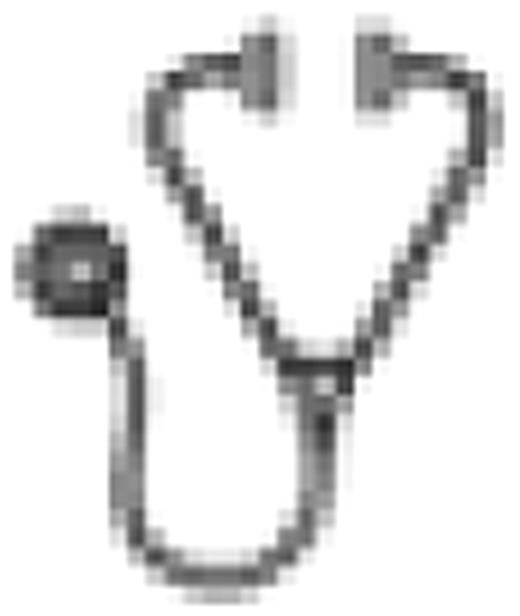Abstract
Abstract 2146
Infants (age <1 year) with AML are naturally vulnerable to intensive cytotoxic therapy, however, usually treated with the same protocol as older children with or without dose modification. We report here the unexpected high treatment-related mortality (TRM) mainly due to acute respiratory distress syndrome (ARDS) observed among this age subgroup in the JPLSG AML-05 study.
AML-05 study, registered at http://www.umin.ac.jp/ctr/ as UMIN000000511, opened on 11/1/2006 for children (age ≤18 years) with de novo AML excluding acute promyelocytic leukemia and myeloid leukemia associated with Down syndrome. The study stratifies patients by the specific cytogenetic characters and treatment response into 3 risk groups. All patients receive two common induction courses; the first induction course (Ind-1), “ECM,” is based on the predecessor trial AML99, consisted of etoposide (150 mg/m2 i.v. on days 1 to 5), Ara-C (200 mg/m2 for 12-hour i.v. on days 6 to 12), mitoxantrone (5 mg/m2 i.v. on days 6 to 10), and a single dose of triple IT on day 6. For patients <2 years old, drug dosages are reduced by calculating on body weight basis. TRM among infants in AML99 was as low as 7.4% (2/27). Nine early deaths (= deaths of any cause before initiating the second induction course) were reported among the first 275 patients enrolled on AML-05, and mortality was exceptionally high in infants (7/32, 21.8%). This prompted suspension of the protocol accrual for this age subgroup on 4/2/2009 and comprehensive review of induction adverse events (AEs) were carried out.
Among the 7 early deaths in infants, 4 deaths occurred during Ind-1 phase, and the other 3 after being off protocol therapy due to severe Ind-1 AEs. The causes of deaths were as follows; one of resistant disease, 4 of ARDS, one of interstitial pneumonia, and one of bacterial sepsis after receiving haploidentical stem cell transplant because of prolonged pancytopenia. Among the 4 ARDS cases, two had preceding RS virus infection, and the other 2 developed ARDS during marrow recovery with G-CSF use. We also evaluated grade 3 and 4 AEs in all age groups, of which 248/275 cases were evaluable. When comparing the infant group (N=27) and the older age group (≥ 1 year, N=221), there were no difference in hematological toxicities, however, non-hematological toxicities, such as renal, cardiac, pulmonary, neurological complications, and tumor lysis syndrome were significantly more common in the infant group.
Early death rate among infants in AML-05 study was unacceptably high, and we decided to make the following changes to the AML-05: 1) additional dose reduction by 33% in Ind-1 for infants; 2) enhancing supportive care guidelines regarding infection prevention; 3) close prospective monitoring of induction toxic death. The enrollment of infants was re-opened on 8/11/2009, and no fatal cases are observed since then.
No relevant conflicts of interest to declare.

This icon denotes an abstract that is clinically relevant.
Author notes
Asterisk with author names denotes non-ASH members.

This feature is available to Subscribers Only
Sign In or Create an Account Close Modal